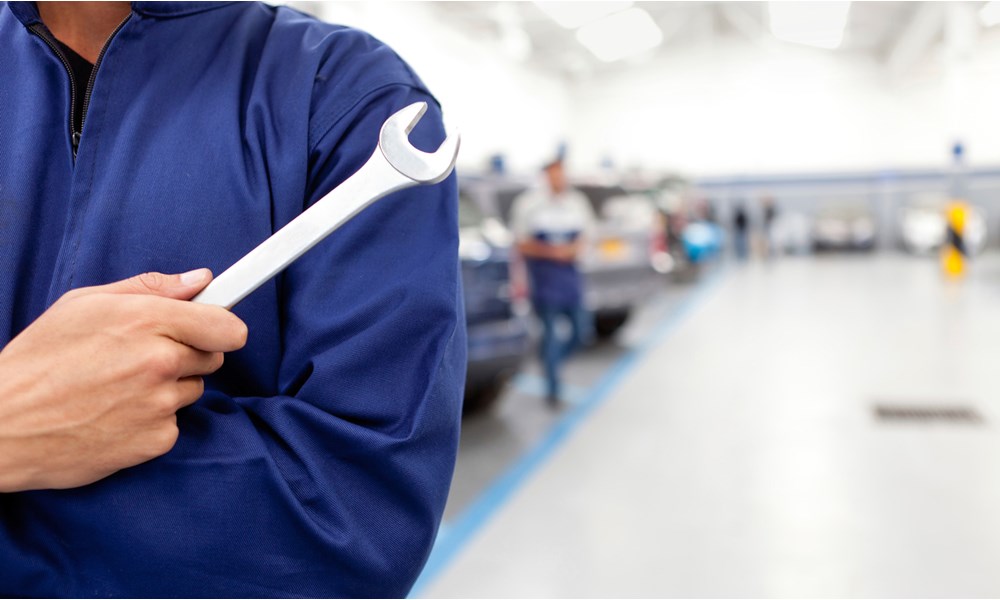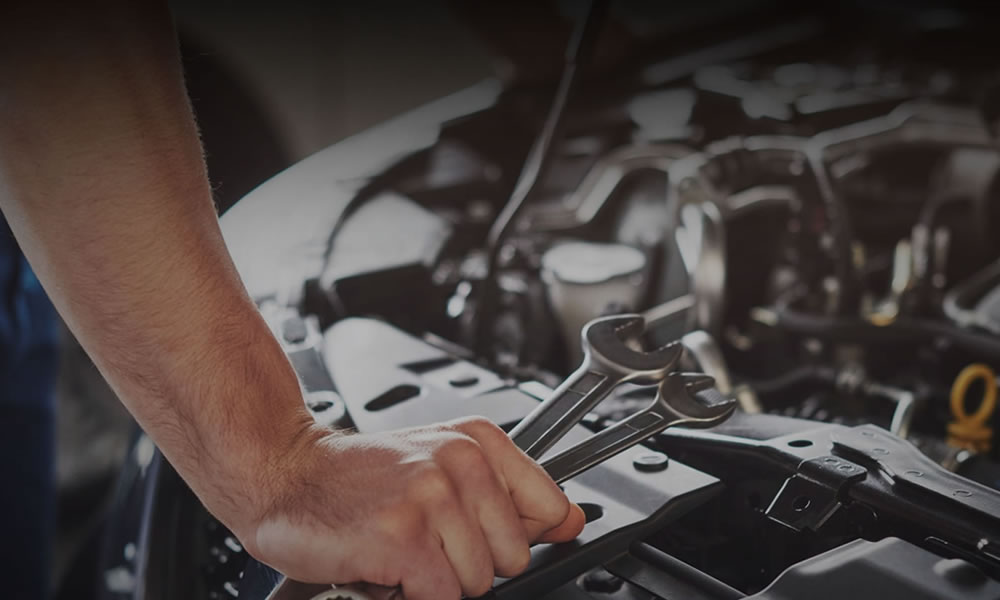Creating a tailored maintenance plan is crucial to ensuring that your vehicle operates safely and efficiently throughout its lifespan. While numerous drivers adhere to standard recommendations, enhancing performance and longevity can be achieved by customizing your maintenance plan to align with your vehicle’s age, mileage, and usage. Presented below are essential considerations for tailoring a maintenance plan to meet the specific needs of your vehicle.
Acknowledging Guidance from Manufacturers
Prior to establishing a schedule, please consult your vehicle’s manual. Manufacturers frequently offer comprehensive maintenance guidance rooted in the principles of vehicle engineering and design. This guidance holds particular significance for Auto Repair, as local driving conditions may influence vehicle performance. Recommendations often encompass tire rotations, brake inspections, and oil changes to ascertain the appropriate timing for maintenance needs. Subsequently, you may customize these recommendations to align with your driving requirements, thereby guaranteeing that your vehicle is maintained in peak condition and prepared for the roadways.
Evaluating the Age and Mileage of a Vehicle
The maintenance requirements of your automobile are contingent upon its age and mileage. Vehicles of an older model necessitate a higher frequency of maintenance compared to their newer counterparts. For automobiles exceeding five years of age or surpassing 60,000 miles, it is advisable to arrange for more frequent tire rotations, brake inspections, and fluid replacements. Nevertheless, should your vehicle be new and possess fewer than 30,000 miles, it may be prudent to concentrate on routine yet less intensive maintenance tasks. Choosing the best auto shop in Webster, MA is essential here.
Evaluation of Driving Conditions and Utilization
The manner in which one drives and the geographical location significantly influence the maintenance of a vehicle. Consistent operation of a vehicle under challenging conditions such as rough terrain, elevated temperatures, and frequent stop-and-go scenarios can lead to accelerated wear and tear, necessitating more frequent repairs. Maintaining a smooth driving experience on the highway may reduce the frequency of certain maintenance tasks. Reflect on your driving habits and modify your strategies to accommodate the impact of driving conditions on the components of your vehicle.
Integrating Seasonal Maintenance
Seasonal variations can influence your vehicle’s performance; therefore, it is advisable to incorporate seasonal inspections into your maintenance regimen. It is advisable to assess your vehicle’s antifreeze levels, tire tread depth, and battery functionality prior to the onset of winter, contingent upon your geographical location. It is essential to monitor fluids and air conditioning systems during the warmer months. Incorporating these seasonal adjustments into your maintenance regimen will ensure your vehicle remains dependable throughout the year.
Monitoring Service History and Performance
Assessing the performance and service history of your vehicle may assist in identifying necessary maintenance requirements. Maintain a comprehensive record of all services performed, detailing dates, types of work undertaken, and parts replaced, to facilitate the identification of trends or recurring issues. Should a component persistently fail or require ongoing attention, it may be necessary to reassess your maintenance strategy. This distinctive data enables the formulation of a more tailored schedule.



